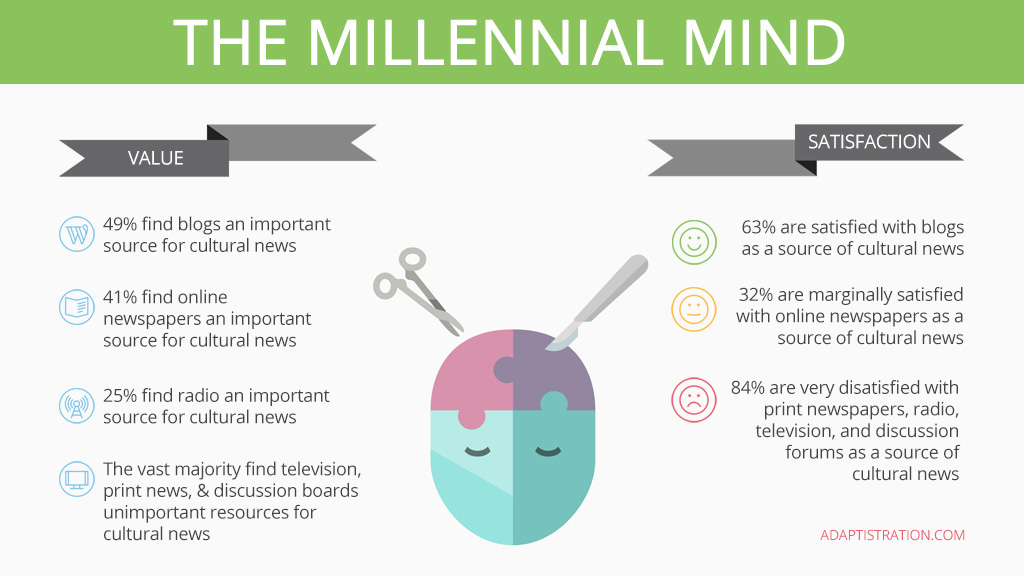Thomas Cabaniss, Director of Education for the New York Philharmonic recently sent in his opinions regarding the
I read your article which centers on the Canadian report, and I agree with many of the tenets, but differ with regard to the generalizations and the assumption that they are necessarily transferable.
- Orchestras are attempting to fill the void caused by the reduction in school music education programs without adequate financial resources.
No question that filling the void is untenable just think of NYC and its 1200 schools and over 1.2 million students
Agreed
Agree again, and that’s why we make not one but two concerts at Avert Fisher Hall a requirement for our in-school collaborations We’re also trying to effect change on a citywide basis so that our contribution can be enrichment rather than replacement.
Agree again, and in this regard, I think the Canadians have us. I’ve yet to hear of any really convincing audience development strategy, independent of, or integrated with school programs.
Many thanks to Tom for his unique insight regarding the problems that face orchestra in-school programs. I especially appreciate how the NYP has structured their in-school programs to require that participating schools attend a minimum number of performances at their orchestra hall. I don’t think this is too much to ask from the schools and it serves to reinforce the link between orchestra and the community. Tom also has a good point regarding the assumption that many of the OC tenants are not generally transferable to all orchestras. Take the NYP for example, their annual budget dwarfs most other American orchestras by comparison. The fact that they can afford to hire players as teaching artists in addition to the orchestra musicians is a luxury most other orchestras can not afford. So that point certainly doesn’t apply well to the NYP, but it may pertain more closely to an orchestra such as the Phoenix Symphony. We’ll cover the contrasts regarding how different orchestras approach community outreach and in-school programs in a later blog.
Of particular interest is the final point that focuses on the lack of research that shows hard numbers concerning how many students exposed to in-school programs become regular orchestra patrons later in life. Even the voluminous Knight Foundation study does not include this aspect in any of their research regarding how Americans relate to classical music and their orchestras. If any of our readers have information about a study of this concentration, I would be grateful if you could forward any information my way.
As a result, much of the discussions centered on education lead toward how an orchestra serves its community and, in turn, how the community supports the orchestra. When you mention orchestra education programs, the first things that most people envision are in-school programs. But there are actually a wide variety of education initiatives an orchestra can pursue that will help build a strong connection to their community besides focusing primarily on in-school performances. I feel a solution to the problems identified by the OC report is that orchestra education programs should take a much broader approach than primarily focusing on school children. There are entire generations of adults that lack the basic understanding of classical music. Yet, I see little work being done to correct that problem in comparison to developing orchestral education curriculum for children. I would also like to see more community involvement through free concerts and subsidized ticket prices for young adults, families, and individuals that don’t have the means to regularly attend concerts. I think orchestra education departments should set aside funds to pay the musicians to interact with (and therefore educate) new patrons. Furthermore, I would like to see each orchestra across the country establish its own youth orchestra and band program, with several large and small ensembles that provide direct interaction between musicians in the orchestra and children in the program. These ensembles will bring thousands of parents into contact with the organization and exposes them to a world they may never have discovered if it were not for their children’s participation.
Once at this point you arrive at an unfiltered, analytical answer as to “who” your future audience is and what “they” want. In-school participation is an essential part of any orchestra’s education program, but it shouldn’t be the only concentration. When you begin to look at this issue with a broader view, you begin to see how education departments can collaborate with the marketing and artistic departments in a more homogeneous way. You’ll use the available budget more efficiently and reach a broader audience while maintaining strong community ties. In the end, you can actually begin to turn many of your orchestra education programs toward creating positive revenue. That’s creative management and one of the messages I hear coming from the OC report. It’s a direction that I hope many orchestras, Canadian and American, are able to actualize.


